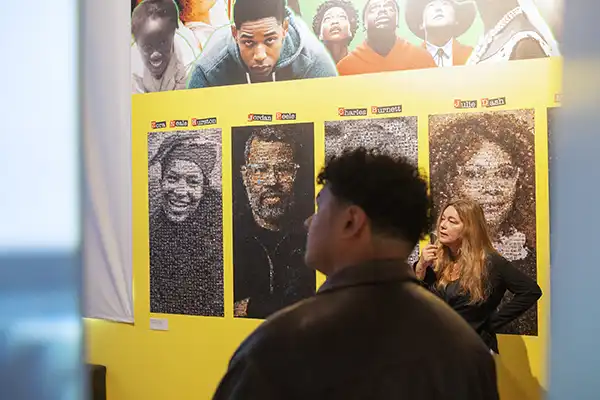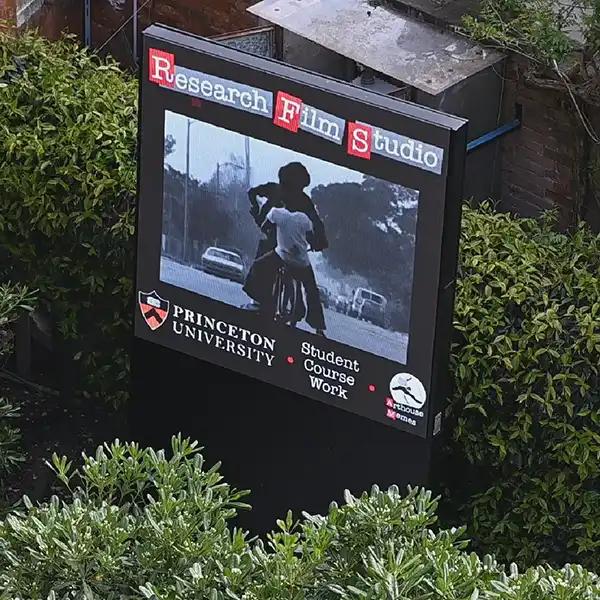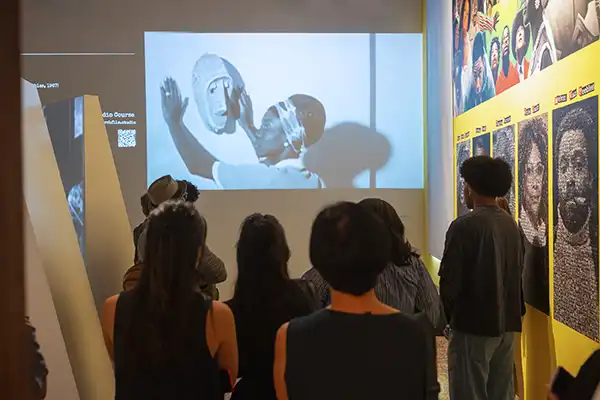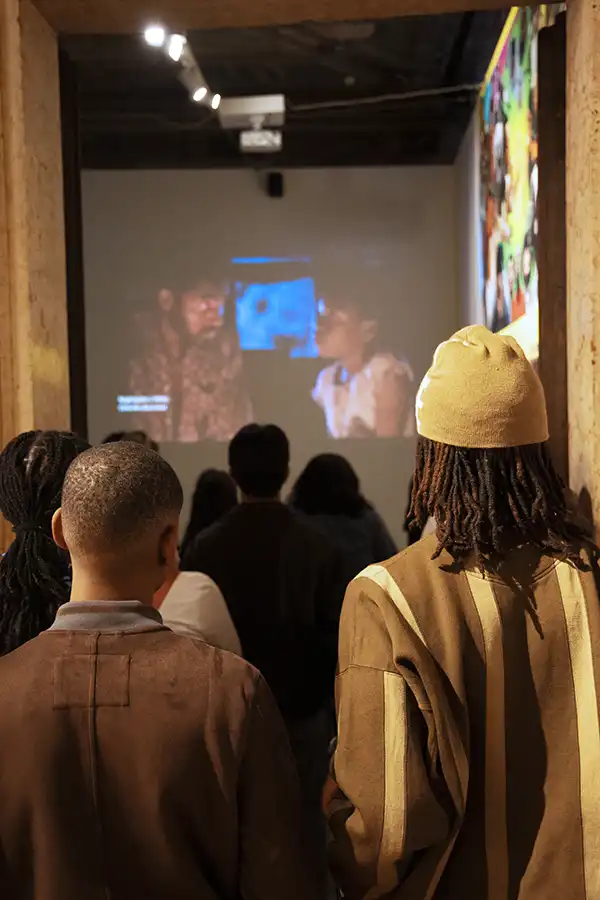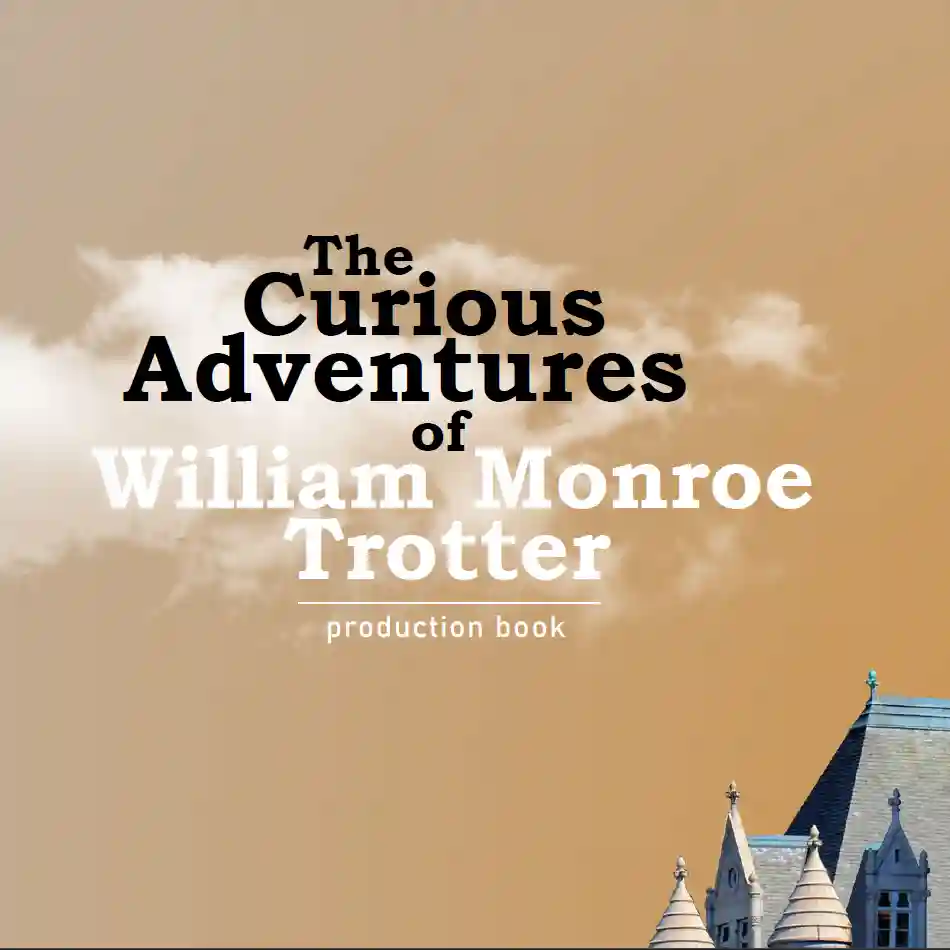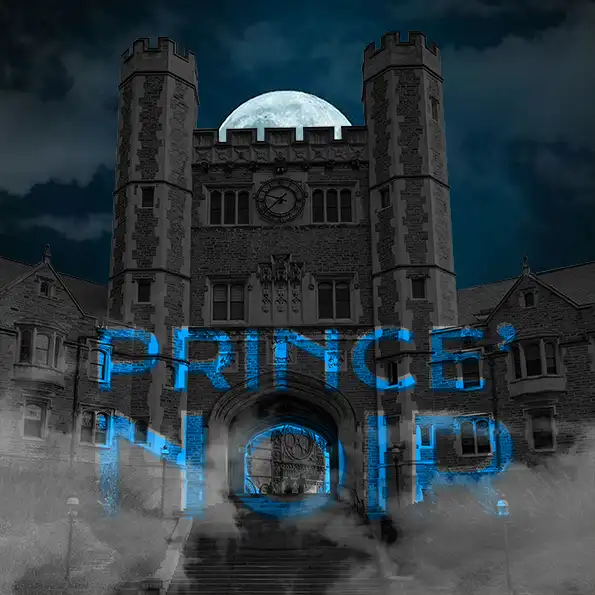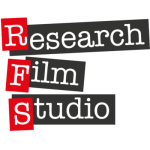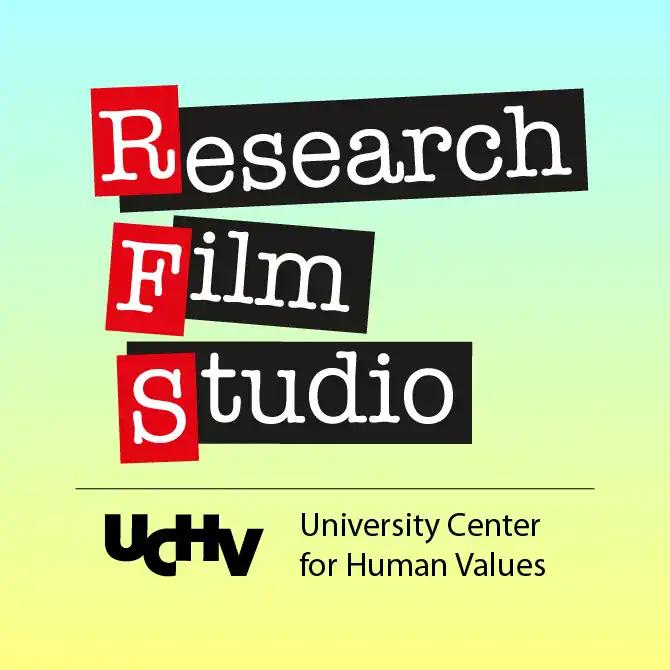Student Productions
The Research Film Studio’s student chapter grew out of an extracurricular filmmaking workshop co-taught by the award-winning director, Bence Fliegauf and Princeton professor, Erika Kiss in the fall of 2019.

hAiRCHITECTURE
- in production
hAiRCHITECTURE is a collective filmmaking project that originated in the Research Film Studio course, Environmental Film Studies: Home Beyond Good and Evil. This musical documentary investigates the vernacular art of hair weaving as practiced in the local hairdressing salon in Princeton run by Sintelle Taylor, a founder of Stepping Stone and entrepreneur working with celebrity stylist Godfrey Fitzgerald. Godfrey has been the stylistic designer of Beyonce’s music videos since ‘Lemonade’. Beyonce’s ‘Lemonade’ is deeply inspired by Julie Dash’s classic film Daughters of the Dust, a film studied in Environmental Film Studies. Sintelle and Godfrey have followed the aesthetics of the costume and hair design of the film in their work for the Lemonade music videos.
The main storyline of the documentary will be the making of a music video by the Princeton Research Film Studio students by weaving matching clips from the Julie Dash film and the Beyonce videos together with their own version of the same scenes reenacted on the Princeton campus. Godfrey and Sintelle will be the stylists on the Princeton set. While Godfrey and his crew braid, weave, and style the Princeton students’ hair for the Research Film Studio music video, the students will interview them about this ancient art. Other Princeton experts, such as art historians, engineers and historians, will be also speak about the art of hair braiding and hair-design as architecture.

Let There Be a Lake (Research Film Project on Carnegie Lake)
- in production
This documentary film is made by Princeton students about their built-in environment both as architecture and as genius loci. The main (and title) character of the film is Lake Carnegie, built by fiat; that is that, commended into existence by a donor. The architectural hubris of a human-made body of water masquerading as a natural environment is getting more poignant by every day that the hazardous toxicity of the lake is ignored. The short film will present the students’ well-researched reflections on their “sense of the place” from the everyday, environmental, scholarly, scientific, historical, touristic perspectives as well as from the perspective of ‘the crew’ for whom the lake was originally built and from that of the indigenous locals whose land was used. Archival footage of the campus during key moments in its development will be intertwined with interviews, architectural blueprints, NASA images from space, charts of toxicity levels and film images of the present-day campus to bring to life the local spirit of the Princeton Campus. The students will ask the questions: What are the long-term consequences—both seen and unseen—of architectural innovation? What can be done by today’s Princetonians to mitigate the negative consequences of the architectural overreaching of the powerful?
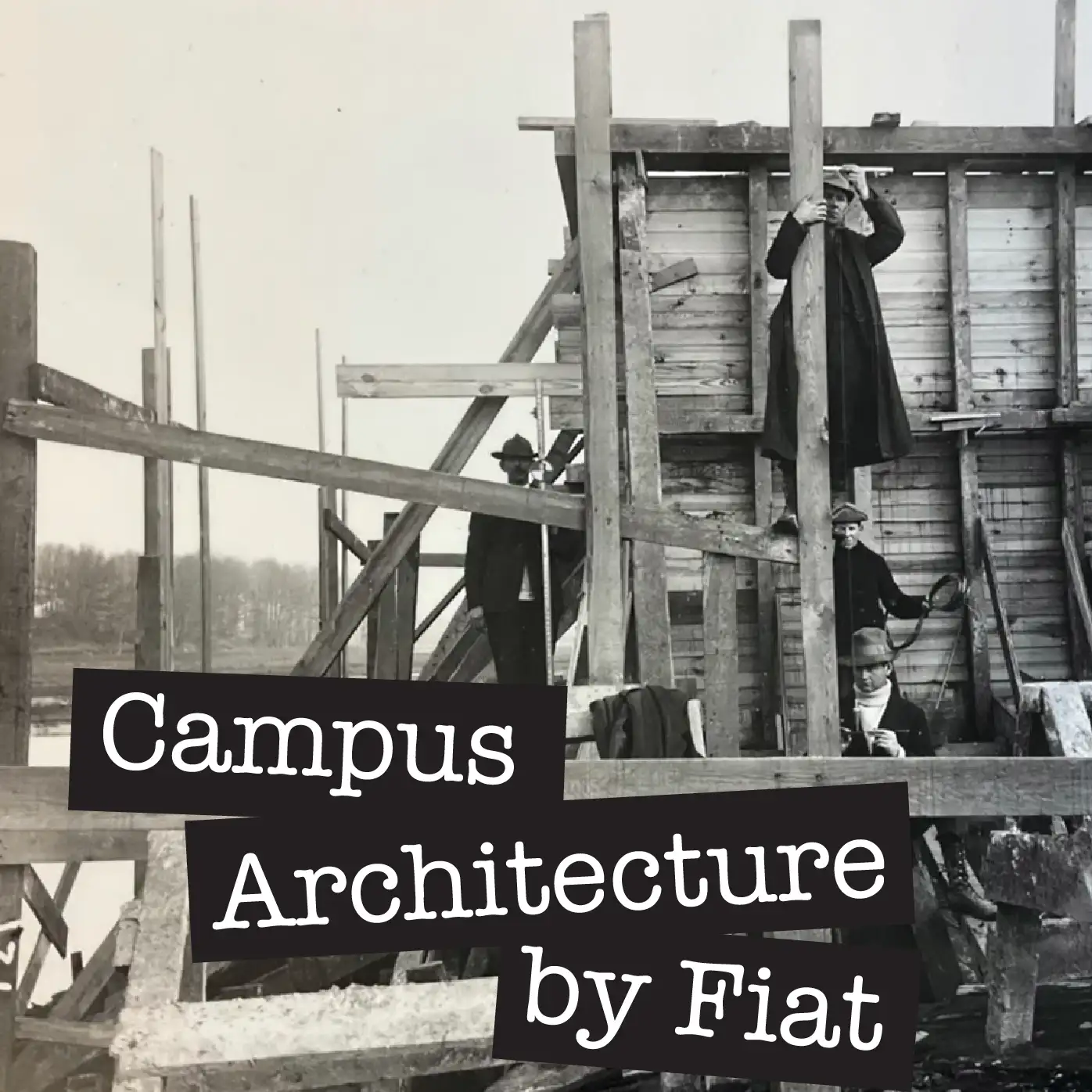
Campus Architecture by Fiat
- in production
More info will be available soon …

Environmental Film Studies – Student Homework
- in production
Individual student home work for Environmental Film Studies
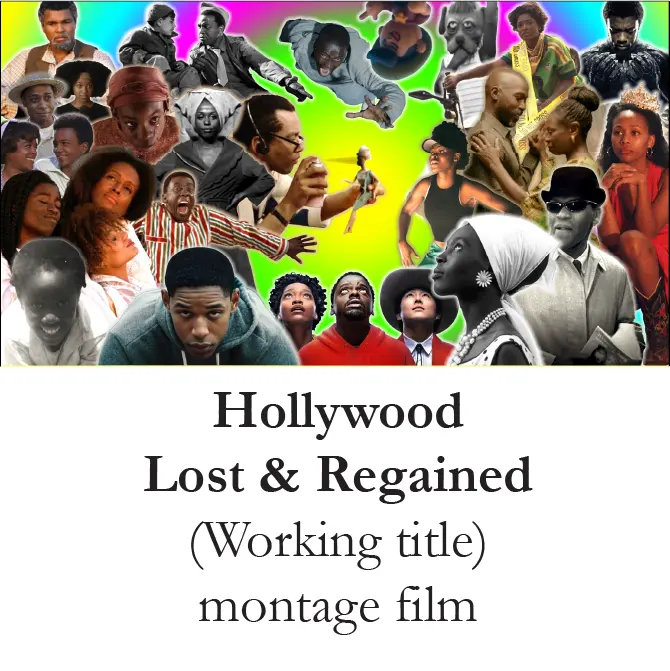
Hollywood Lost & Regained
- in development
More info will be available soon …
- in development
Woodrow Wilson was the most prominent intellectual of the white supremacist culture war waged against equal rights for Afro-Americans. Wilson propagated a falsified history of the Civil War and Reconstruction. He also glorified the Ku Klux Klan as the legitimate ruler of the South. As President, Wilson reshaped the federal government to reflect the general will of the Southern whites to dominate Afro-Americans and unleashed a state propaganda machine to change public opinion in the North that hitherto rejected white supremacy.
On the presidential campaign trail, Wilson made the promise to William Monroe Trotter, founder of the Equal Rights League, that, as President, he would uphold the law that granted equal rights to Afro-American citizens. Trotter then organized the black vote for Wilson, despite the latter being the candidate of the Democratic Party. Trotter first went to the White House in 1913 to remind the president of his promise of equality and freedom for Afro-Americans. Wilson made yet another empty promise to look into the complaint about segregation of the federal government, pretending that he had no knowledge of it.
Our first short film is a reenactment of the third meeting between Trotter and Wilson, as documented by official White House transcripts. Trotter this time sets a mousetrap for Wilson and actually catches the conscience of the king.
Our research-filmmaking method, in which artistic imagination is guided by disciplined scholarship, is best suited for the exploration of the cunningly covered-up, under-documented, falsified and disremembered history of the American people. In addition, the cinematic reenactment of Trotter’s successful outing of Wilson as the political force behind the legalization of segregation could be cathartic if screened on the Princeton campus.
- in development
Prince’ Noir, or, Tales from the Campus is a short film based on three actual events that took place on the Princeton campus involving black students during the time when Woodrow Wilson (then known as Tommy) was an undergraduate. Two of these stories can be found in the ‘Princeton Slavery Project‘ website and one in Barksdale Maynard’s Wilson biography. The film will retell these tales from pluralistic points of view creating suspense and some confusion. One of the stories, however, positively uplifting. When five Southern students presented James McCosh with the ultimatum that either they leave Princeton or he expels his black student from his psychology class, President McCosh answered that “they would have to go, for under no circumstances would he exclude the Negro from his class so long as he wanted to attend.” Prince’ Noir is a campus film – nothing can prevent us starting production in the fall. We have several award-winning directors lined up to advise us on Zoom.
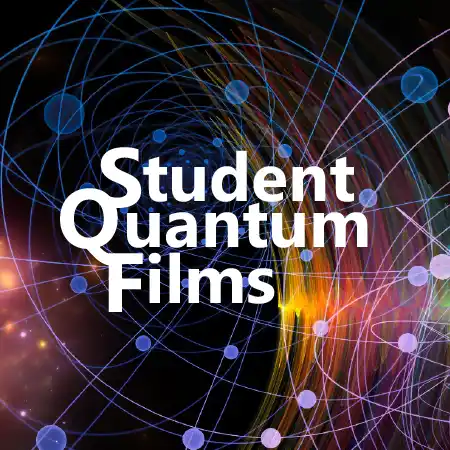
Student Quantum Films
- in development
The research filmmaking exercises provide the students with concrete immersive experiences on which might form their choices for future research, augment the students’ experience and provide the highest level of assisted learning. Cognitive competence for quantum thinking can be educated by finding new strategies of representation and expression via 360-degree, immersive filmmaking from an environmental perspective in a radical break with the classic single fixed-point of view and tangible-object fetishism habitual to the mind. Making quantum research films enable students to use their imagination counterintuitively, so that the mind can adjust to the extreme conditions of quantum systems of non-tangible relationality and to non-directional spatial-temporal conceptions.
